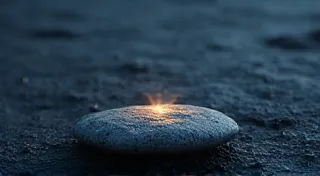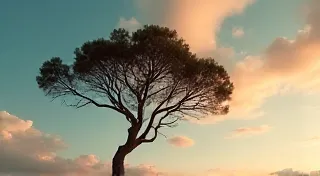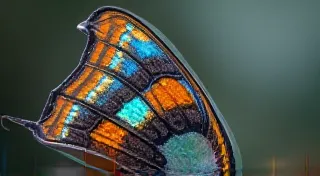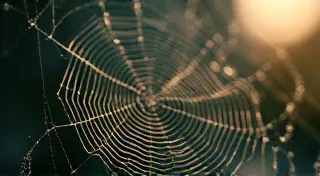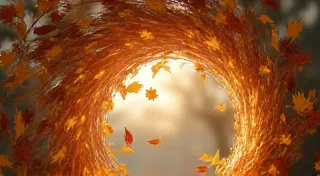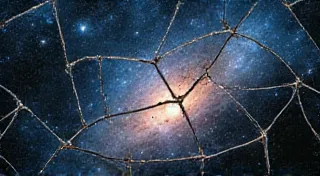Cosmic Choreography: Aligning Intent with the Celestial Dance
There’s a peculiar parallel between the patient joy of restoring an antique accordion and the pursuit of astrophotography. Both require a deep respect for the past, a willingness to understand intricate mechanisms, and a recognition that the most beautiful outcomes are often earned through meticulous preparation. I own a Hohner Stradella, circa 1938, its bellows worn, its keys occasionally sticking. Bringing it back to life isn’t simply about fixing it; it's about reconnecting with the hands that crafted it, the music it once breathed. Similarly, capturing the ethereal beauty of the night sky demands more than just pointing a camera at the stars; it requires aligning your intent with the celestial dance.
Think about the accordion’s construction: thousands of tiny, precisely fitted components, reeds carefully tuned, a complex interplay of air and vibration producing sound. The same meticulousness applies to celestial photography. It’s not about luck; it's about understanding how the Earth’s rotation, lunar phases, and the movement of deep-sky objects all influence your ability to capture a compelling image. A spontaneous snapshot of the Milky Way might be passable, but a truly stunning photograph of, say, the Andromeda Galaxy, requires planning, anticipation, and a touch of patience – the kind of patience a seasoned accordion restorer understands implicitly.
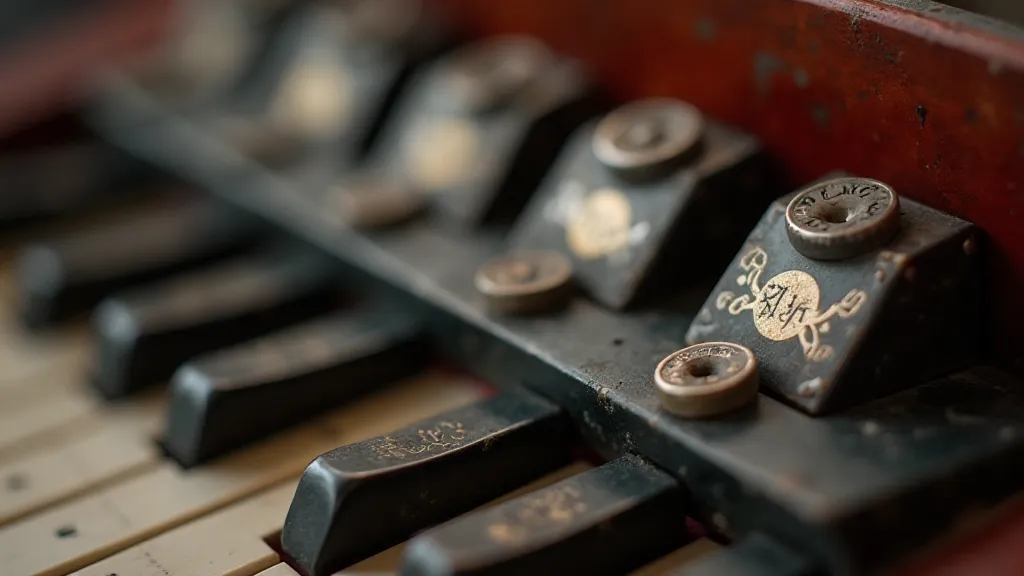
The Celestial Canvas: Understanding Movement
The biggest hurdle for many beginning astrophotographers is grappling with the seemingly relentless movement of the stars. Our planet isn’t stationary; it spins on its axis, completing a full rotation approximately every 24 hours. This rotation, combined with the Earth’s orbit around the sun, means that even a seemingly static field of stars will appear to shift over time. This effect is what causes star trails – the streaked lines we often see in long-exposure photographs.
To overcome this, you need to understand the '500 rule' (or more accurately, variations of it, taking into account lens focal length and sensor crop factor). This rule provides a guideline for the maximum exposure time you can use before star trailing becomes noticeable. It's a starting point, of course; practice and experimentation are key. Using a wider angle lens will allow for longer exposures before trailing becomes an issue, as the apparent movement across the frame is slower. Conversely, a telephoto lens magnifies the movement, demanding shorter exposure times – or the use of tracking mounts (more on those later).
Planning Your Session: Lunar Cycles and Dark Skies
Beyond the mechanics of exposure and tracking, strategic planning is crucial. The lunar cycle plays a massive role. A full moon floods the sky with light, drowning out the faintest celestial objects. While a sliver of moon can sometimes be used creatively to illuminate landscapes, for deep-sky astrophotography, a new moon (when the moon is not visible) offers the darkest and most favorable conditions.
Light pollution is another significant challenge. City lights radiate outwards, washing out the night sky. Websites like Dark Site Finder (use a placeholder for link. do not include actual link) can help you locate areas with minimal light pollution. The further you can get from urban centers, the better your chances of capturing truly impressive images. Consider the time of year, too. The position of the Milky Way changes throughout the year, offering different perspectives and opportunities.
Think about the accordion's restoration. You wouldn’t begin dismantling it without a thorough understanding of its components and a plan for reassembly. Similarly, before heading out to photograph the night sky, research your target object. Learn its location, its visibility window, and any potential obstructions (trees, buildings, etc.). This isn’t just about technical proficiency; it's about connecting with the universe on a deeper level, appreciating the vastness and beauty of space.
Equipment and Techniques: From Tripods to Tracking Mounts
While specialized equipment can enhance your astrophotography experience, you can achieve remarkable results with relatively basic gear. A sturdy tripod is essential for long exposures. A DSLR or mirrorless camera with manual controls is highly recommended, allowing you to adjust aperture, shutter speed, and ISO. A wide-angle lens (around 24-35mm) is a good starting point, allowing you to capture a wider swath of the sky.
As you progress, you might consider investing in a star tracker. These devices counteract the Earth’s rotation, allowing for much longer exposures without star trailing. They’re essentially miniature observatories, allowing you to capture faint details that would otherwise be lost. There are various types of trackers, from portable models to more sophisticated, computerized systems. Learning to operate a tracker effectively takes practice, but the results are well worth the effort.
Think of the painstaking process of cleaning and repairing an accordion’s bellows. Each tear, each crack, requires careful attention and a delicate touch. Similarly, astrophotography requires patience and a willingness to experiment. Don't be discouraged by initial failures. Learn from your mistakes, adjust your techniques, and keep practicing.
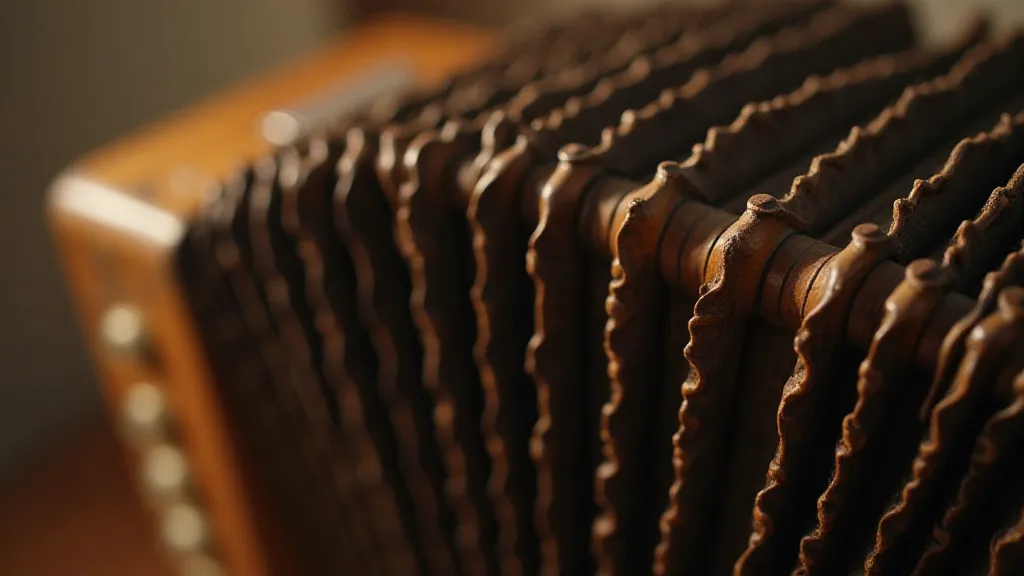
Beyond the Technical: A Connection to the Cosmos
Ultimately, astrophotography isn't just about capturing pretty pictures; it's about fostering a sense of wonder and connection to the cosmos. Standing beneath a clear, dark sky, surrounded by the silent majesty of the universe, is a truly humbling experience. It's a reminder of our place in the grand scheme of things, and it's an opportunity to appreciate the beauty and complexity of the universe.
Just as bringing a vintage accordion back to life allows you to reconnect with the craftsmanship and artistry of the past, astrophotography allows you to connect with the ancient light that has traveled across vast distances to reach your camera. It’s a form of time travel, allowing you to glimpse the universe as it was millions, or even billions, of years ago.
The dedication required to restore an old accordion – the countless hours spent cleaning, repairing, and tuning – mirrors the dedication required to capture a truly exceptional astrophotograph. Both are testaments to the power of perseverance, the beauty of imperfection, and the enduring appeal of connecting with something larger than ourselves.
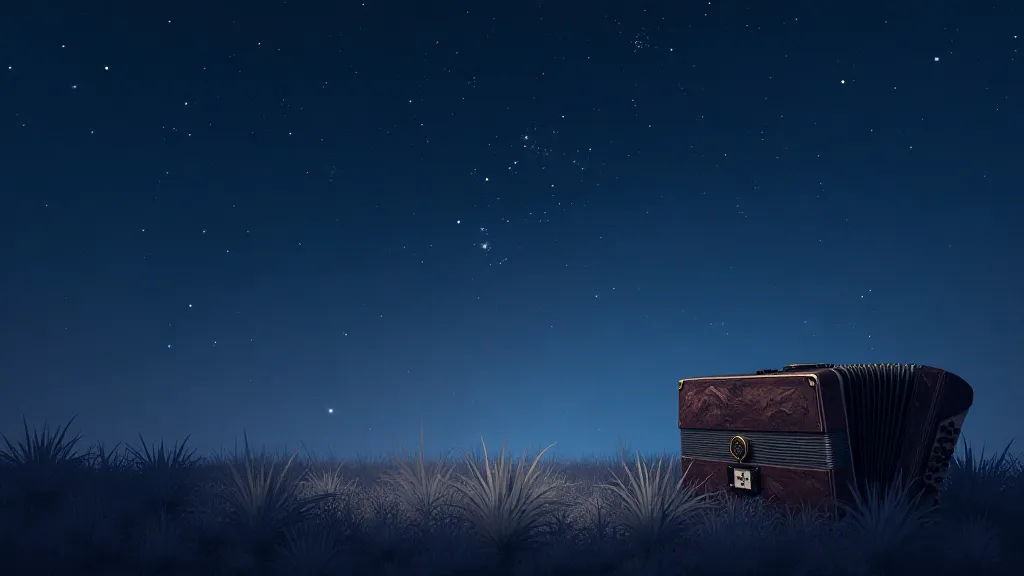
So, the next time you find yourself staring at the night sky, remember the parallel between cosmic choreography and the patient restoration of an antique accordion. Plan your session, anticipate the movement, and align your intent with the celestial dance. The universe awaits, and its beauty is yours to capture.
